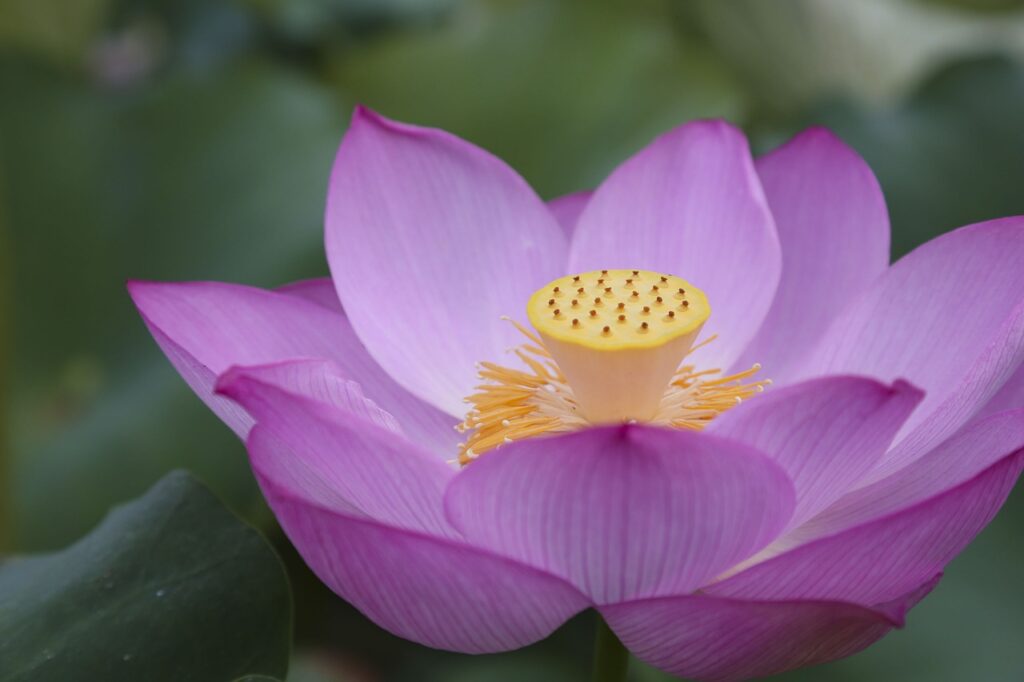washing your face with salt water
Why Salt Water?
Natural antibacterial properties: Salt disrupts the growth of some bacteria, which can help with mild breakouts. Gentle exfoliation: Dissolved salts slough off dead cells without the abrasion of heavy scrubs. Osmotic cleansing: Salt water pulls oil out of congested pores via osmosis, making it good for oily and acneprone skin. Mineral support: Sea salt contains magnesium and potassium, which can reinforce the skin’s outer barrier.
Washing your face with salt water is about clarity and restraint—results are gradual, not instant.
How to Wash with Salt Water (StepbyStep)
Ingredients
1 cup filtered or boiledandcooled water 1 teaspoon unrefined sea salt (no fragrance, no anticaking agents)
Method
- Dissolve the salt fully in water (no leftover granules).
- Remove makeup first with oil or balm as a primer step.
- Dip a soft cloth in solution, or cup the mixture and splash onto face.
- Gently pat (do not rub) into oily or congested zones.
- Let sit for 30 seconds to 1 minute.
- Rinse off with cool, clean water.
- Pat dry; follow up with fragrancefree moisturizer.
Start washing your face with salt water twice a week. Tweak frequency depending on dryness or irritation.
What to Expect—Real Results
Immediate: Skin feels cleaner; oiliness and shine fade. Texture is gently refined. After several uses: Small pimples or clogged pores diminish; skin tone feels balanced, less tight or “squeaky.” Longterm: Smoother touch, fewer breakouts for routine users with oily or combination skin.
Washing your face with salt water is no “miracle,” but observed improvements track with consistent, nonabrasive cleansing.
Discipline—What Not to Do
Don’t overuse. Salt water will strip too much oil and leave skin dry. Stick to 1–3 times a week. Avoid scrubbing with salt granules. Only ever use fully dissolved salt. Scrubs are harsh, especially for sensitive or fragile skin. Skip if barrier is damaged. Don’t use after peels, actives, or on eczema, open wounds, or sunburn.
Moisturizing After Salt Cleansing
Salt pulls oil—routine must follow with hydration. Use plantbased gels, vegan hyaluronic acid, or squalane. This locks in water and protects from overdrying.
PlantBased Routine Pairings
In between salt washes, use oat or aloe cleansers, mild exfoliating acids (lactic, mandelic), and barrierfocused night creams. Washing your face with salt water should never be your only form of cleansing or exfoliation.
For Whom Is This Method Best?
Oily or combination skin—cleans without overdrying. Athletes, outdoor workers—removes sweat, reduces postexercise pimples. Budgetsavvy and minimalists—simple, accessible, and effective when deployed right.
When to Be Cautious
Sensitive skin: Patch test first. Salt can sting or stress thin or compromised barriers. Dry and mature skin: Use only once every 10–14 days, or avoid altogether if skin worsens. Allergic tendencies: Use pure, noniodized salt (sea salt or Himalayan) only.
Results Tracking
Document texture and oiliness before and after one week of salt washes. After a month, assess for improvements and scale back or maintain frequency accordingly.
Environmental Benefits
Zero packaging, zero waste—water and salt are universally available and fully biodegradable. No chemical residue or microplastics.
Sample Minimalist Cleansing Routine
Monday/Thursday night: Salt water cleanse, moisturizer Tuesday/Friday: Mild, veganfriendly gel cleanser Other days: Water rinse or gentle makeup remover as needed
Consistency is key—don’t overcomplicate.
Final Thoughts
Salt water is a disciplined, effective cleansing approach for those who value clarity, routine, and minimalism in skin care. Washing your face with salt water is about gentle maintenance, gradual improvement, and learning to respect the barrier above all. Include as a secondary cleanse, hydrate after every use, and observe your own patterns for true progress. In skincare, as in life, less can be more—if you show up with structure and stick to habits that match your needs. Try, adapt, and let your skin dictate the final word.
